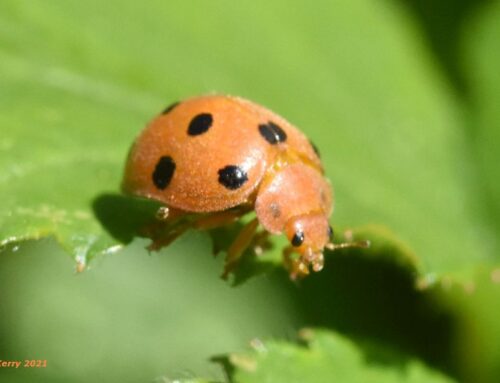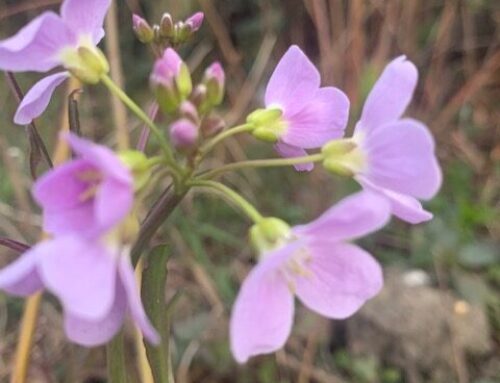The jay is a pretty shy bird. I normally only spot one as it flies off in a panic back into the deepest woodland glades. In early June though, I spotted one out in the open near Hope Gap, Seaford, and managed to approach it for some time with my camera. I couldn’t quite work out, what it was feeding on, with such intent, and why it was so tolerant of me being so close.
I recently reread “Wilding” by Isabelle Tree which includes some fascinating facts about oak trees, and this gave me a potential clue..
The jay’s favourite food is acorns which are hoarded in the Autumn. In fact a single jay can cache as many as 7500 acorns in just a few weeks. The jay flies to a spot anywhere between 60-70 yards to a few miles away from the host tree, seeking out open ground, often at the base of thorny bushes (which may jog it’s memory later as to where the acorns are). The jay can fit an incredible 6 acorns stacked along its gullet at any one time. The jay hammers the acorns well into the ground, where they are less likely to be found by mice and squirrels, and most likely to germinate.
New oak trees don’t grow in a closed canopy woodland – they need a lot of light, so any acorn that falls beneath the branches of an ancient oak tree, has little chance of sprouting into a new tree. Instead the oak tree needs some help to spread its seeds which need to be buried in the ground away from predators.
The handsome jay is a master tree planter. So what does the jay get in return? Well the jay does return to its stash, and eat these carbohydrate rich acorns throughout the year. During April to August, there is plenty of other food around, so some of the excess acorns get the chance to germinate, and the seedlings to start to grow, protected by the thorny scrub conveniently growing nearby.
By May or June the first leaves are appearing, and this is also when the jays have young in their nests, and are looking for the seedlings to feed their young. Now the birds don’t want the acorns, but the Cotyledons (fat primal leaves containing the food reserves from the seed that give the plant its initial energy to grow.) Even though the jay is yanking out the acorn and leaves, the harvesting of these leaves, does not seem to affect the seedling, as it is by now relying on it’s long tap root and other roots for its sustenance.
Wow what a fantastic partnership!
So was my obliging jay searching for acorns, or even searching for oak tree seedlings, hidden in the scrub, so that it could feed it’s youngsters? I couldn’t really tell, but next time I’ll know to go and have a closer look where the jay was foraging – looking for those carefully planted, precious baby oak trees!
Isabella Tree has a talk in Brighton on 18 November about the ground breaking rewilding project at the Knepp Estate. I think the tickets have probably gone like hot cakes!
As I’m sure you know it will soon be National Tree Week! There are lots of events planned, and the biggest is the planting of 420 trees in Newhaven. Please do get involved, the more hands on deck the better.










